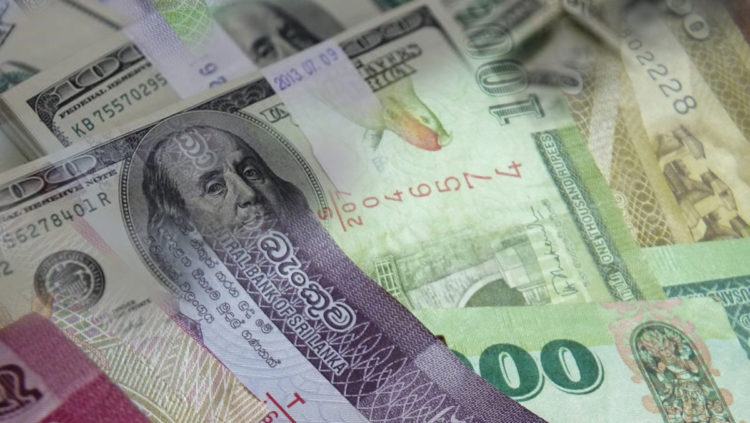COLOMBO: Resident Sri Lankans who earn dollar salaries and deposited them in forex accounts in the past are calling banks to protest against conversion of their earnings in to rupees against their wishes, multiple customers said.
Customers were warned of forced conversion of forex after the central bank issued a gazette ordering merchandise and service exporters to convert their dollars.
Merchandise exporters were allowed to invest 10 percent of their money in Sri Lanka Development Bonds.
But banks have told individuals, they are force converting every cent of salaries.
“I was told I am deemed to be a services exporter,” one dollar salary earner who protested said. “I was told my entire salary would be converted against my wishes.”
Another customer at a foreign bank who was notified by text message of forced conversion was given the following message when the move was queried.
“Kindly note that any Sri Lankan residing in Sri Lanka receiving any income/remittances in foreign currency will be in scope for the new Gazette and will be required to convert the Foreign currency to LKR,” the customer was told in writing.
“If possible please visit the closest branch for further details.”
Another bank asked a customer more time to clarify from the central bank after a protest.
Yet another customer was told as follows.
“We have asked the authorities. They gave us a Q and A without directly giving us an answer.”
Existing deposits, earned before October are allowed to be kept, customers were told by several banks.
Another customer said he was planning legal action against banks as there was a contractual relationship between banks and customers, which he felt was violated when banks took actions against his wishes.
The central bank in December said 10 rupee extra would be given to person who bring dollars through conventional channels. Resident persons so far had not told attempted to re-route dollars much.
Sri Lanka is facing forex shortages due to excess money printed to enforce low rates and sterilize interventions under a non-credible peg regime run by a Latin America style central bank set up in 1950.
© Economy Next




